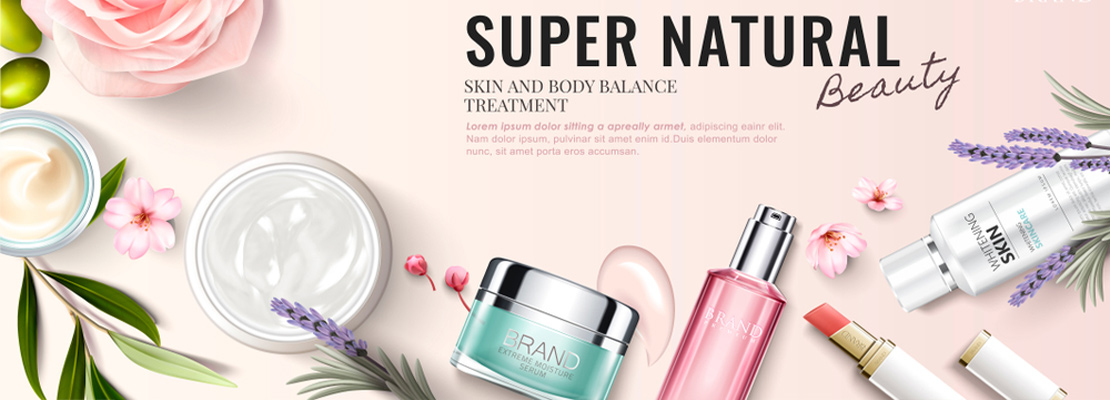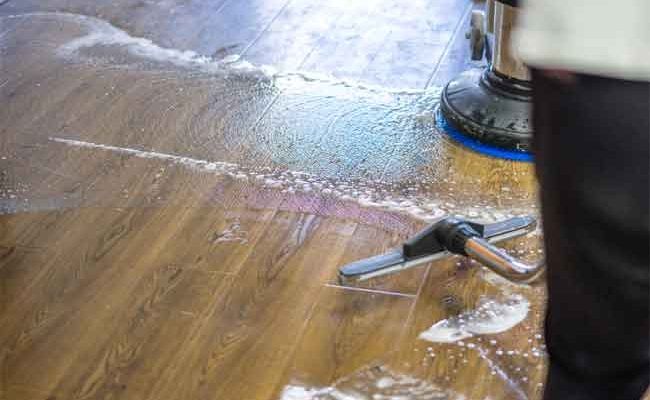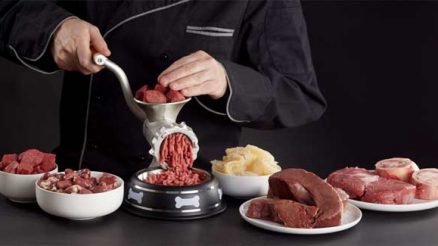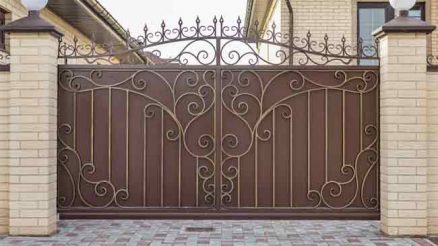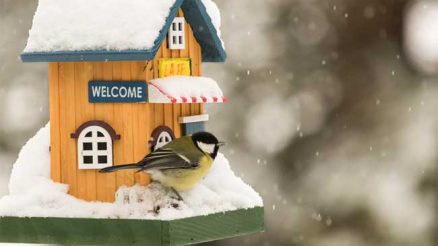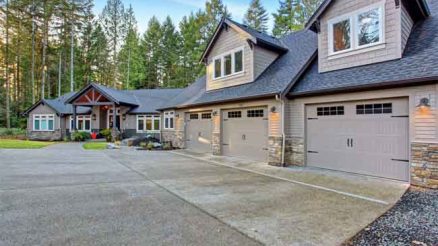Many homeowners are installing hardwood flooring during renovations or redecoration. Hardwood gives a warm, inviting look to a room. Either full wood planking or one of the many manufactured products available on the market, purchased at any DIY center fits any décor. Here you find more article on hardwood flooring houston and can learn many effective tips.
One great drawback to hardwood floors is keeping it clean and dust free. Many cleaning products claim to be “all-purpose,” when in reality they either leave sticky residues or remove the finish off the flooring.
There are ways to protect, dust and clean hardwood floors in any home.
Full plank hardwood floors
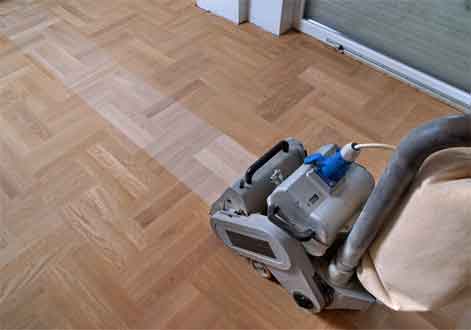
The definition of this is simple: the floor is solid wood planks. There is no veneer or coating to give the appearance of wood.
True hardwood is finished and sealed very specifically. If the floor was professionally finished, the best course of action is to ask questions. Here are some examples:
Should a special cleaner be used?
What about a buffer to bring out the shine?
Will soap and water damage the finish?
Will ammonia or bleach damage the finish?
It is best to stick to the professional’s recommendations. If the professional isn’t available, the best rule of thumb is to stick to a soft dust mop for general dusting, followed once a week by cleaning with a soft, damp cloth. Restore the shine by buffing with a towel. I have used an old mop handle with the metal bracing stuffed with old, clean towels to buff the polyurethane finish on hardwood flooring.
If in doubt, test a small area with your chosen cleaner. If damage occurs to the finish, consult a professional. They can tell you what the finish is and how to maintain it.
Manufactured flooring
There are many different brands of veneered hardwood flooring available at flooring centers and DIY stores. A veneer is a thin layer of the desired wood glued to a strip of lesser wood, such as plywood. This is far less expensive and easier to install than full planking.
The manufacturer coats the product with a finish, so the flooring is installed and finished all at once. Since the coatings are proprietary, meaning that each manufacturer has their own special coating, the best course for the homeowner is to read the product leaflet for cleaning and dusting suggestions.
What to do if the coating/finish is unknown:
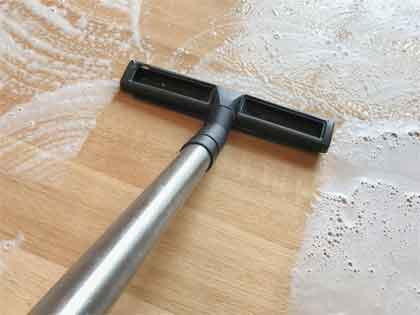
First, remove any dirt with a clean soft cloth and soap in a small area. Place a few drops of water on the area and see if the water pools or soaks into the wood. If it pools and doesn’t soak in, the finish is ok. If the water soaks in, the floor may need to be completely sanded and refinished.
Check with a DIY store associate to determine what type of finish is on the existing wood floor. Purchasing a large quantity of chemicals or solvents for testing is unnecessary.
Paying a flooring specialist to test the finish is the best idea, especially for non-woodworkers. They will inform the homeowner about they type of flooring, the finish and the best way to maintain it.

Jerry Martinez is a professional artist. He lives in California with his family. Throughout his life, he has always been captivated by images. Naturally, he was drawn to art. So he opted to take his Bachelors Degree in Fine Arts from Otis College of Art and Design. After completing his degree, He concentrated even more into his art practice. He is a father of three children, ranging in age from 3 to 12 years old. They love outdoors activities; biking, camping, walking and playing football. Jerry Martinez is a music lover and love to listen to metallic songs.

